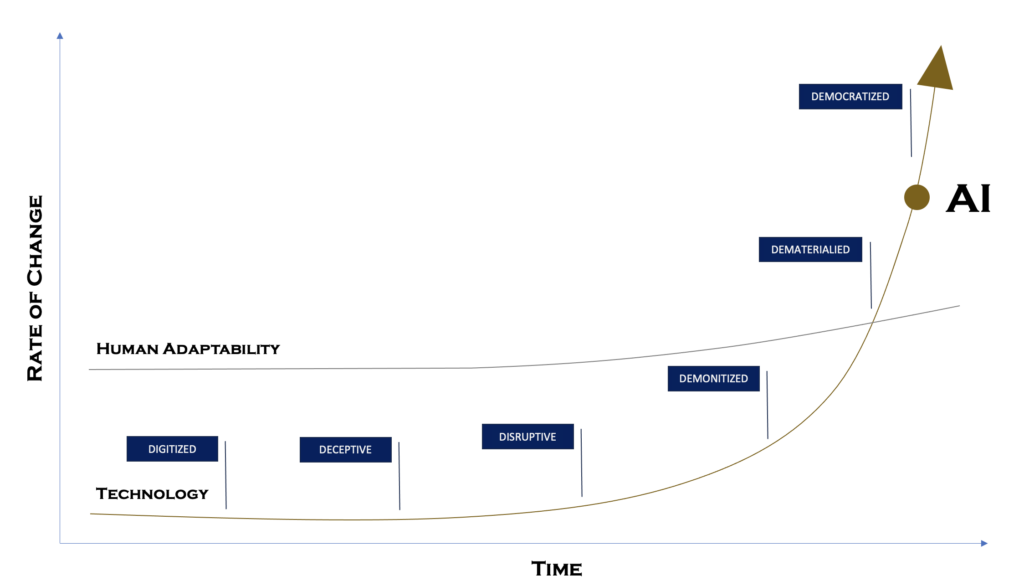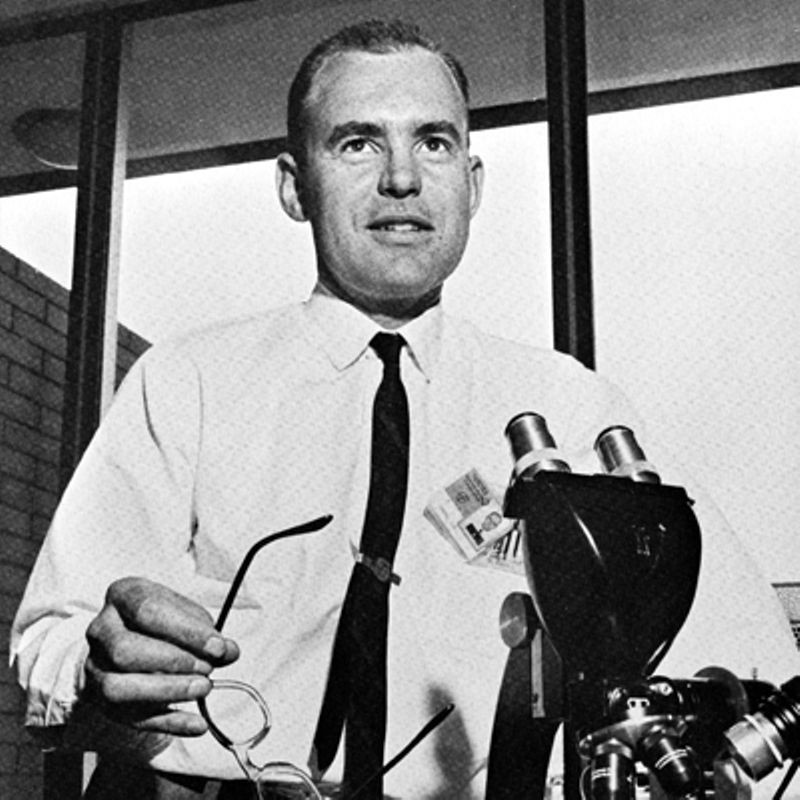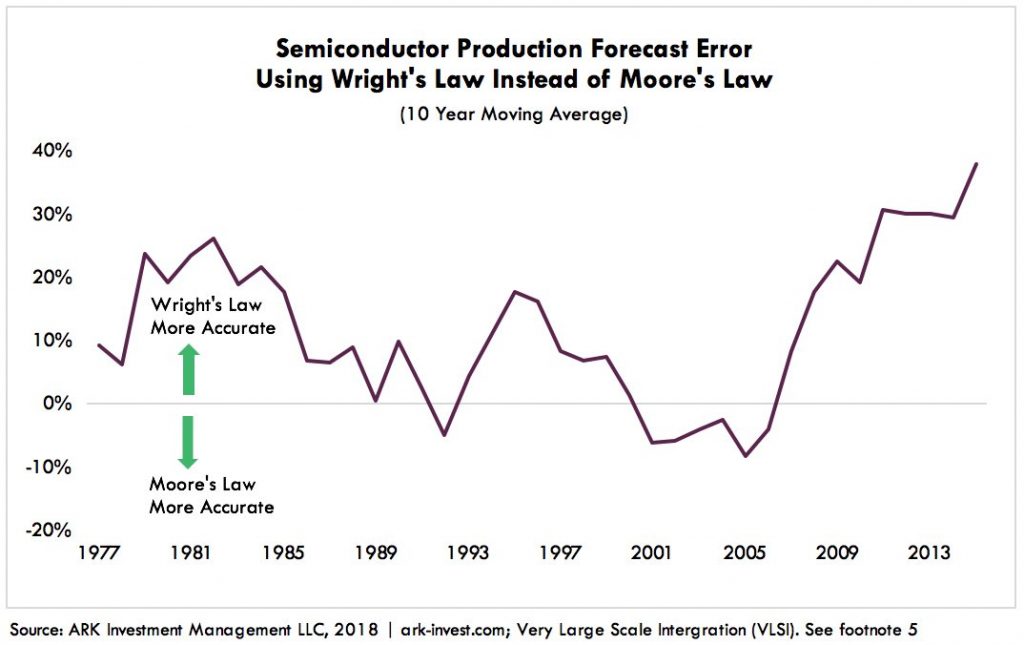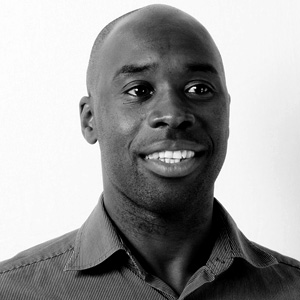Jan 17, 2024 0
Into 2024 with technology, workloads, and AI
As the calendar flipped to 2024, I found myself wanting more. After a transformative decade at WPP. A period marked by growth, learning, and remarkable achievements. I decided it was time for a change. This decision wasn’t made lightly. It was the culmination of introspection and a desire for new challenges. Thus, I bid farewell to WPP and took a well-deserved sabbatical to recharge and refocus. I’m now at Omnicom with a focus on technology, workloads and AI.
WPP

My journey with WPP started with a bang in Apr 2014. Our company, Cognifide, was acquired by WPP under the Wunderman OpCo. Wunderman was undergoing massive digital transformation. Cognifide’s role within WPP was to build owned experience platforms for its clients. Many clients. Ford, Investec, ColPal, EY, HSBC, Dell, Herman Miller, Coutts, Barclays, Unilever, Shell, etc. We delivered hundreds of digital platforms during my time at WPP. Then Wunderman became Wunderman Thompson after it merged with JWT, and now it’s VML. I left WPP after a couple of years of leading technology back into The Coca-Cola Company.
So what changed?
Me. After graduating from Oxford University in 2023 with a Master’s in AI for Business, the world looked very different. Something unlocked in me. Like many others, I believe that AI is mission-critical to businesses and people. But it was more than using AI, which is just technology. I’m curious about the operationalization of AI across the organization and equally its widespread adoption. What are the better business outcomes that an intelligent enterprise can deliver at scale, with speed, and sustainably? There’s so much going on. Understanding workloads, standardization of approaches, automating where appropriate, leveraging AI, and tying everything back to results has my full attention.
Omnicom
So, I joined Omnicom in 2023. They have a clear mission, with key partners like Microsoft, and have invested in an AI-driven future. Now I’m part of a technology team helping to accelerate Omnicom towards that future reality.
What’s next?
Focus and execute. Listen and learn. Collaborate and communicate. And above all else, keep moving forward into 2024.







